|
Over the last week I’ve been going a lot of thought to a design for improving and maintaining soil fertility and increased biodiversity of fauna, here in our garden in the Andalucian hills. With the permaculture ethic of people care ever central to my design work, one of the other functions of the design is to constantly beneficial connections with the other people who own and farm the land in our local community. Here in March, there is a beautiful abundance of diverse spring flowers, which grow naturally as ground cover. Many neighboring landowners spray their land with glyphosate to get rid of the cover. For some of the olive and almond farmers, its done to make harvesting the crops easier. For others, the reason seems to be a mix of making the land look ‘neat’ and tidy, alongside reducing fire risk in the summer. The bare land looks and feels dead…any rain that falls erodes the soil. Many of the farmers who spray under trees, then apply large quantitates of synthetic fertilizer to improve the next years harvest. Our land has been sprayed routinely, until we moved here last year. The soil lacks much organic matter at all, although its been encouraging to see an increased worm life in the garden over this winter. 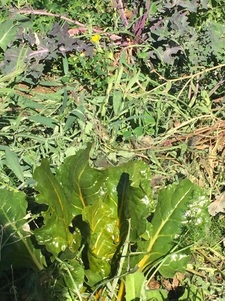 Kale and chard, mulched with chopped and dropped 'weeds' Kale and chard, mulched with chopped and dropped 'weeds' In the past we have used cow/chicken manure from our animals, alongside home made compost to increase fertility in our edible garden in Yorkshire. Here in Spain we are thinking about stock free systems for our design, which so far includes: - * Growing borage, and hopefully comfrey later. These are amazing pollinator attractors, deep rooted movers of nutrients, and we will be composting the plants, and making fertilizer ‘tea’ from the leaves to feed fruiting edible plants. * Chopping and gathering nettles for a ‘tea’ to feed plants in their growing stage (nitrogen). * Chopping and dropping many of the ground cover ‘weeds’ (leaving some to flower for pollinators, and because they look pretty). This will add organic matter as well as mulch between plants, ensuring less evaporation of water from the soil and exposure to the sun. * Strimming large areas of ground cover under trees, leaving the soil covered and the roots present, minimizing erosion, reducing loss of water and nutrients from the soil, but hopefully will look neat and be a minimal fire risk near to the ground. * Growing beans as nitrogen fixers, and for added organic matter * Chipping pruned branches, using the chipped wood as mulch.
4 Comments
Ann Pole
25/3/2016 04:25:22 pm
Very interesting. I was surprised to find that of our 9 veggie beds, the one with annual ryegrass in as a winter cover crop was the easiest to get a spade into, even compared to the ones dug at the tail end of last year. (The spade was used to get soil samples ready for analysis, and the digging was as we finished a raised bed). :)
Reply
Katie
29/3/2016 12:56:54 pm
ooh yes Ann, really interesting
Reply
Steve Smith
25/3/2016 08:51:38 pm
I love to hear how people plan to improve their soil. Here I'm on a terraced area of mountainside, surrounded by woodland. The soil is acid sand, and very free-draining. I keep a large area as very bio diverse meadow, which I mow in July after the flowers have seeded, and compost the hay. The Autumn plants then flower. I compost everything I can, and use compost, leaves and chipped wood mulches. I'm also stock-free but I'll use manure from my local llama farmer when I can get it! So far, I'm getting good results, the soil samples show a huge improvement and I have a noticeable increase in the fauna and very few pest problems.
Reply
Katie
29/3/2016 12:55:42 pm
Thats great to know Steve, thanks
Reply
Leave a Reply. |
my blogregular updates and reflections about the permaculture designs in my life archives
December 2020
categories
All
|
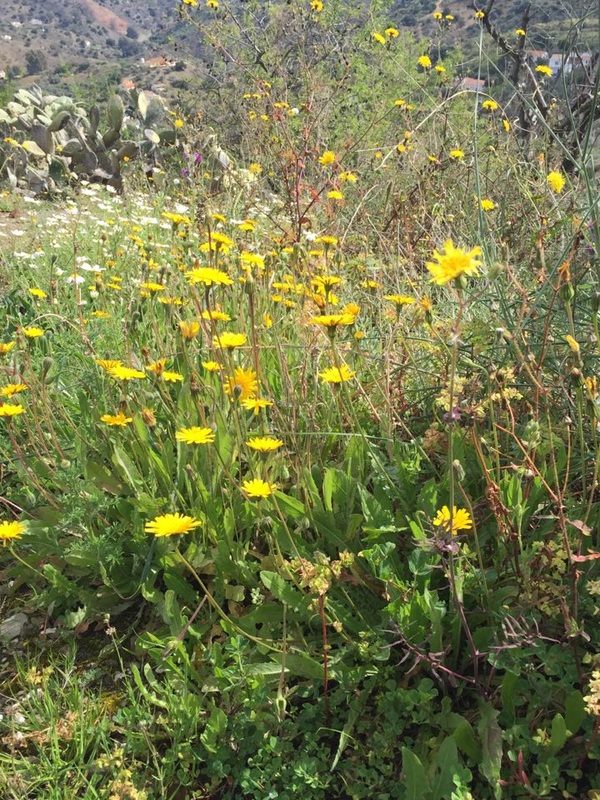
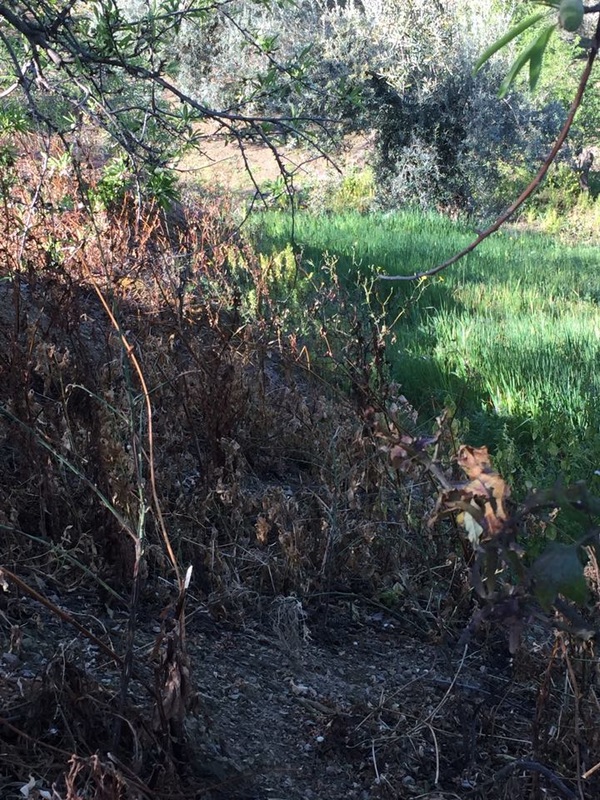
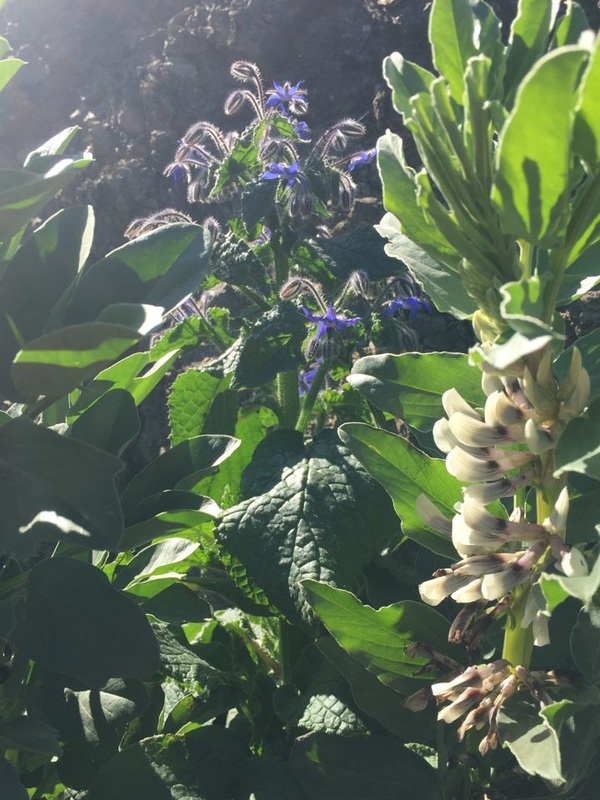
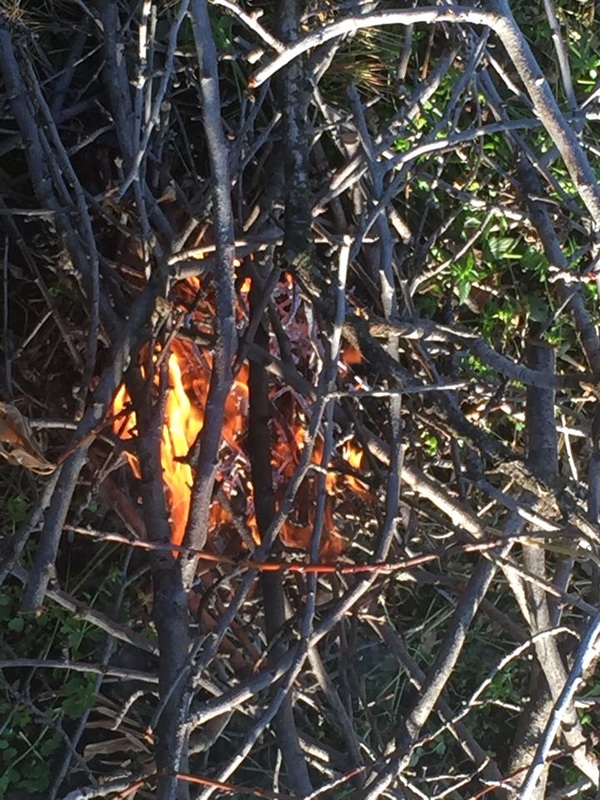
 RSS Feed
RSS Feed